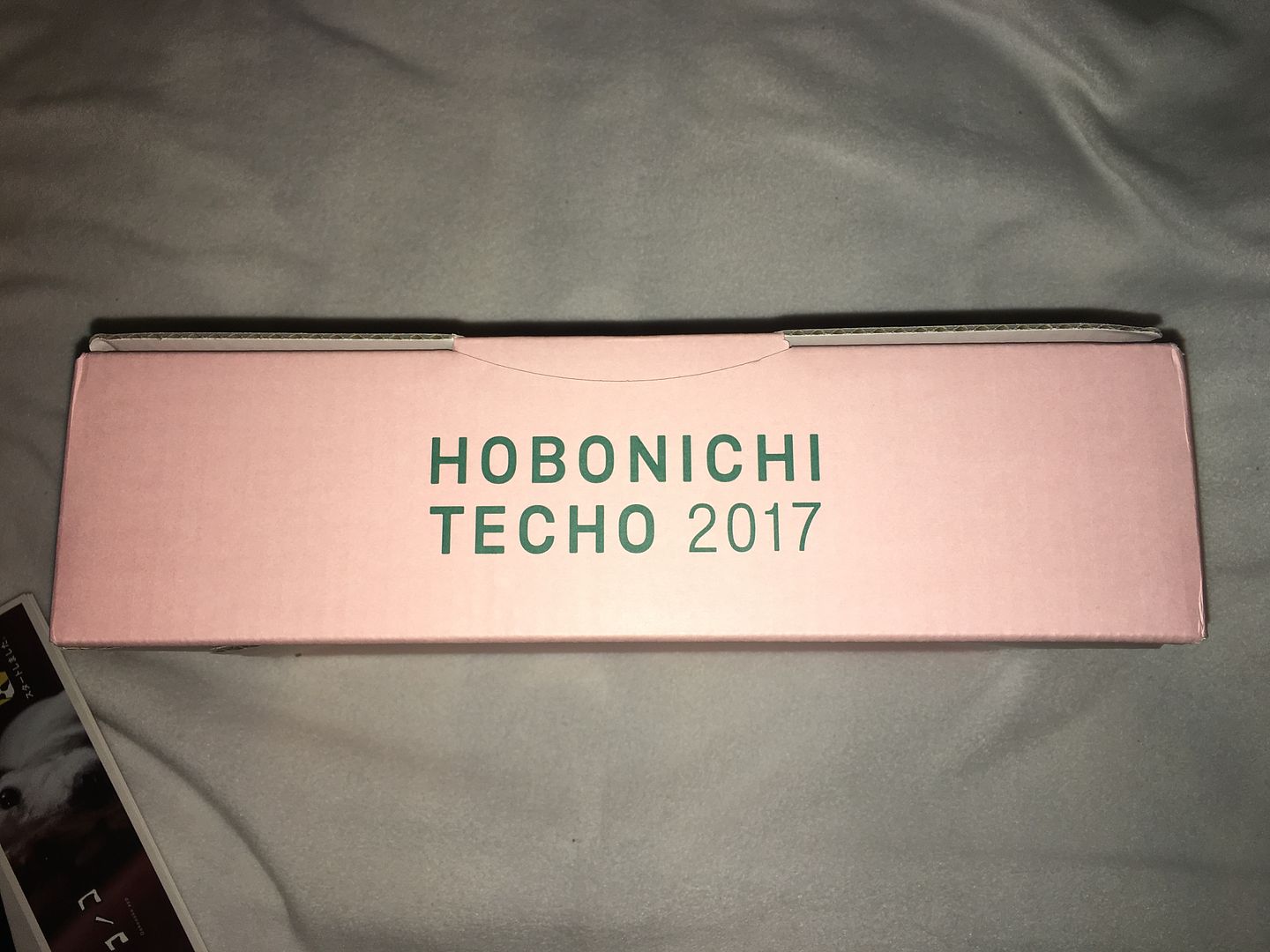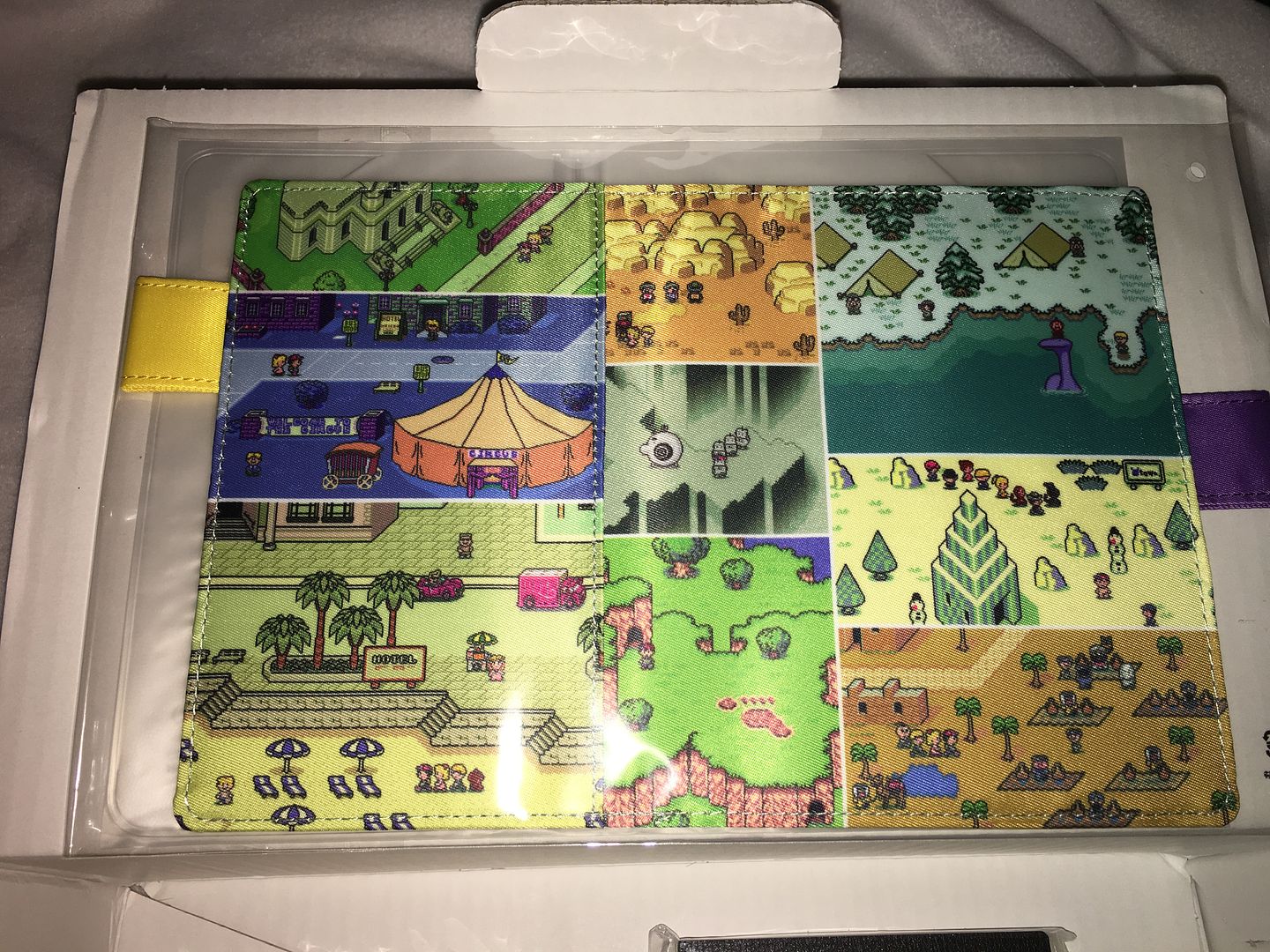This is such a great post, and it makes me wish I did more with my planner. Looking back at 2015 doesn't show much--just a ton of work-related notes and to-do lists. This year, aside from the inclusion of various workouts, not a lot has changed. I'd really like to start writing more, but I find that I run out of space fairly quickly with everyday stuff.
I'd love some ideas, if anyone has any.
Yeah, I understand. I just have this idea that I'm going to love it and use it for all kinds of stuff but that just might not end up happening
So here's a basic format I use a lot when jotting down a daily entry. I wrote larger than I usually do in my Hobonichi and spaced things out more so you could more easily read it. This is pretty much what I would have written for today.
(click to blow that up to (larger than) readable size!)
So I put a small header by the date saying where I am writing from. I'll have the city and the specific location, at a minimum. I might include the time, too. It all helps me think back to where I was throughout the year.
I open with a general statement or summary of what I did that date. I often comment on my sleep because I am struggling with it and I want to see if any changes I make help.
Any bigger news or unusual or noteworthy stuff from the day comes next, but I was mainly hanging out with the kiddos today.
When I first started keeping a daily journal, I used flimsy pocket notebooks because I wanted pages I could easily fill, I didn't want to worry about "ruining" a nicer notebook, and I worried about losing them, so I wanted something that could be lost and only put me out $.50. My general entries have not changed much in 10 years of doing this. I like to comment on what I am reading, watching, playing, listening to, etc. Those entries are actually FASCINATING to come back to! In 2008 I was listening to
whaaaaaat? They actually say a lot about what you are thinking about and feeling, and you don't need to muster a ton of mental energy to say, "I am playing Wow, doing x, y, and z, in whatever zone." You'll find strings of books/podcasts/movies about some topic, and that will either take you back, or make you go "why was I so into submarines then???" Entries about music can be especially instructive, as they can be very revealing about your mental state.
I'll finish with some kind of artwork, generally a calligraphic capital. I slammed these out for demonstration purposes, so they look like crap. Dedicating space to a daily doodle, stickers, etc. can make a huge difference in how your pages look!
It's a very basic format for a brief daily entry - I usually do one right when I get to work. Whatever I am working on that day usually gets a mention, too. I am going back to the Cousin so I have room to jump off from a brief daily entry into longer thoughts, more artwork, space for photos, etc. However, being constrained in space can be helpful too. You can fill pages without too much work and, for a huge overthinker like me, it forces me to just go "this happened," without going into a huge thing about what it all means. I have other journals to use if I want to really dig deep into what is going on.
Honestly, looking back at old journals, you'd be surprised how much info you can gather from a simple account of where you were and the books/TV/movies/music you were into that day. It will tell you more than you'd think!
More ambitious entries are easily slotted in - every once in a while I just want to write a few paragraphs on some thing at work, or a trip, or something that is bothering me. I'm not a slave to any format with my Hobonichi. I just have a basic one that I use as a default. I'll drop it entirely for a day if I want to talk about something else. It's my life book; I can do what I want.
Having a basic format helps get past that "I will ruin this with my terrible art and writing" thing we all go through to a greater or lesser extent. Remember that the Hobonichi is a planner
designed for that specific year. There will always be another March 4th. This one is one of a kind and whatever you do with that page means nothing more than what you did with that page. You don't have to record the most mind-blowing tribute to March 4, or record the most intense personal insights. There's always another day for that! Get in the habit of writing something down, making a little art, and it becomes more and more second nature. The kinds of entries you envision making - beautiful drawings, deep personal insights - come about more naturally if you are using a journal anyway. Trying to sit in front of a page and will yourself to make stellar entries is not really how it works.
For writers who want more space to go long-form, or to work on fiction, I'd suggest the Cousin over the Planner. Taking half a page for a brief "what I am up to" entry and then using the other half for an ongoing story is a really cool idea!
The other thing I do, with both my Cousin and my Planner, is to tuck in notebooks for longer form writing, things like addresses or email addresses - anything that doesn't really belong on any one dated page.
I tuck one notebook in the back cover....
...and the other goes in the back pocket...
With the Cousin, you are getting A5 notebooks, which is a great size to work with. Even the A6 notebooks that fit in the Planner can offer a nice amount of space for a writing session. If you get the avec version of either Hobonichi, you will have room in the case for a substantial notebook. With the non-avec, normal versions, the notepads the Hobonichi store sells are ideal. They are the same Tomoe River Paper, so they feel great to write on and they can fit more pages into a very slim notebook.


















